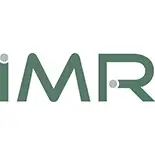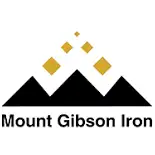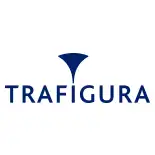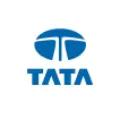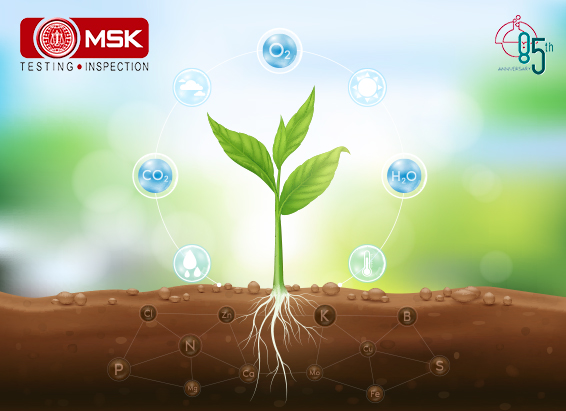
Antioxidants are chemicals that protect cells by neutralizing free radicals generated by external factors (such as damage from the sun, pollution, wind, temperature, etc.) and internal factors (for example, stress emotions, metabolism, contaminants, toxic substances, etc.). Free radicals are byproducts that are formed inside our body during various metabolic processes when oxygen is used by the body cells. Antioxidants resist that action of free radicals which facilitate the development of degenerative diseases. They are also responsible for the pathogenesis of diabetes, liver damage, nephrotoxicity, inflammation, cancer, cardiovascular disorders, neurological disorders, aging, and many other diseases.
Different fruits, vegetables, medicinal herbs, oil, etc are known to be antioxidants due to the presence of vitamins and various phytochemicals. These foods inhibit/stop the generation of radicals, stop the propagation of the radicals, scavenge free radicals, minimize their impact and eliminate them from the system or donate hydrogen to radicals to reduce them to inactive molecules.

In vitro Antioxidant Assay
Numerous methods can be applied for determining the in vitro antioxidant potential (AOP) of single compounds or their mixtures. Due to their simplicity, spectrophotometric methods based on the reaction of the antioxidants with chromomeric radicals such as 2,2′-azino-bis-3-ethylbenzotiazolin-6-sulfonic acid (ABTS⋅+), 2,2-diphenyl-1-picrylhydrazyl (DPPH⋅) and Ferric Reducing Antioxidant Power (FRAP) assay are widely applied.
Sample Preparation
Sample preparation for different commodities to carry out in vitro antioxidant assays differs greatly. While simpler extraction may be sufficient for fruits, more complex sample preparation is needed for edible oils and fats.
ABTS cation radical decolourisation assay
ABTS-, the oxidant, is generated by persulfate oxidation of 2,2’-azinobis(3-ethylbenzothiazoline-6-sulfonic acid (ABTS2-). This solution is diluted with phosphate buffer (pH 7.4) until the absorbance reaches 0.7 to 0.8 at λ 734 nm. One ml of the resulting solution was mixed with the sample. The absorbance is read at 30 °C, 4 min after mixing at 30 °C. The difference of the absorbance reading is plotted versus the antioxidant concentrations to give a straight line. The concentration that caused a decrease in the initial ABTS concentration by 50% is defined as IC50.
2,2-Diphenyl-1-picrylhydrazyl radical (DPPH) scavenging capacity assay
DPPH is one of a few stable and commercially available organic nitrogen radicals and has a UV-vis absorption maximum at λ 517 nm. Upon reduction, the solution color fades. The DPPH assay is typically run according to the following procedure. DPPH solution is mixed with a sample solution. The absorbance of the mixture during the reaction progress is monitored at λ 517 nm for 20 min or until the absorbance is stable. Upon reduction, the colour of the solution fades. The concentration that causes a decrease in the initial DPPH concentration by 50% is defined as IC50.
Ferric ion reducing antioxidant power (FRAP) assay
The oxidant in the FRAP assay is prepared by mixing TPTZ, acetate buffer, and FeCl3.H2O. The conglomerate is referred to as “FRAP reagent”. To measure FRAP value, freshly prepared FRAP reagent is warmed to 37 °C and a reagent blank reading is taken at λ 593 nm, then sample and 30 μL of water are added. Absorbance readings are taken λ 593 nm. The concentration that causes an increase in the initial FRAP concentration by 50% is defined as IC50.



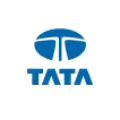
Chief Operation, FAMD, Tata Steel Limited..


Sr. General Manager,, Emirates Trading Agency L.L.C..


Mines Manager, Hindustan Zinc Limited, a Vedanta Company.


General Manager, Stevin Rock L.L.C..


Executive Vice President (Works),, DCW Limited.

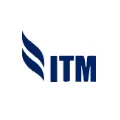
AVP – Coal Quality & Sales Compliance Head,, PT Indo Tambangraya Megah Tbk (BANPU).

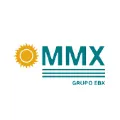
Laboratory Head, MMX.

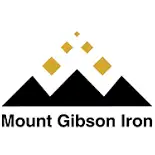
Shipping Administrator, Mount Gibson Iron Limited.


Senior Director – Asia Pacific Iron Ore Sales,, Cliffs Natural Resources Pty Ltd..


Member, Compass Group (India) Pvt. Ltd.
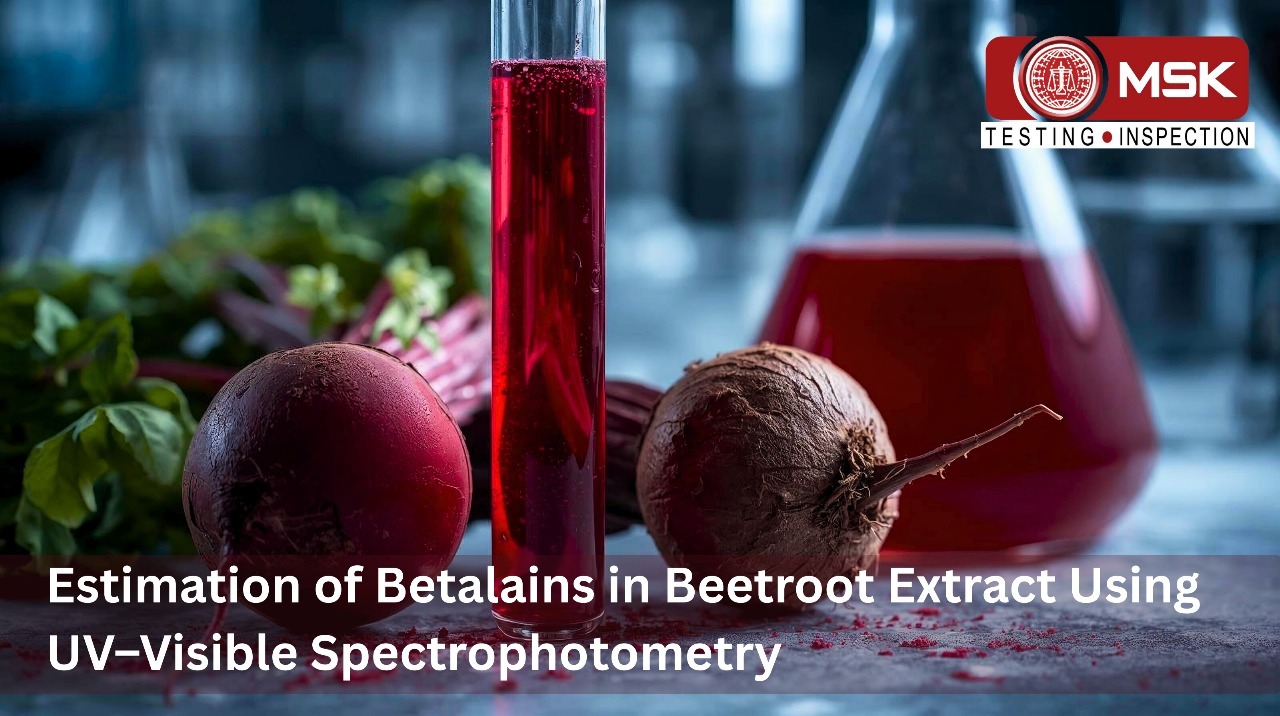
Posted on November 12 2025 By Mitra S.K ADMIN
Read More
Posted on September 23 2025 By Mitra S.K ADMIN
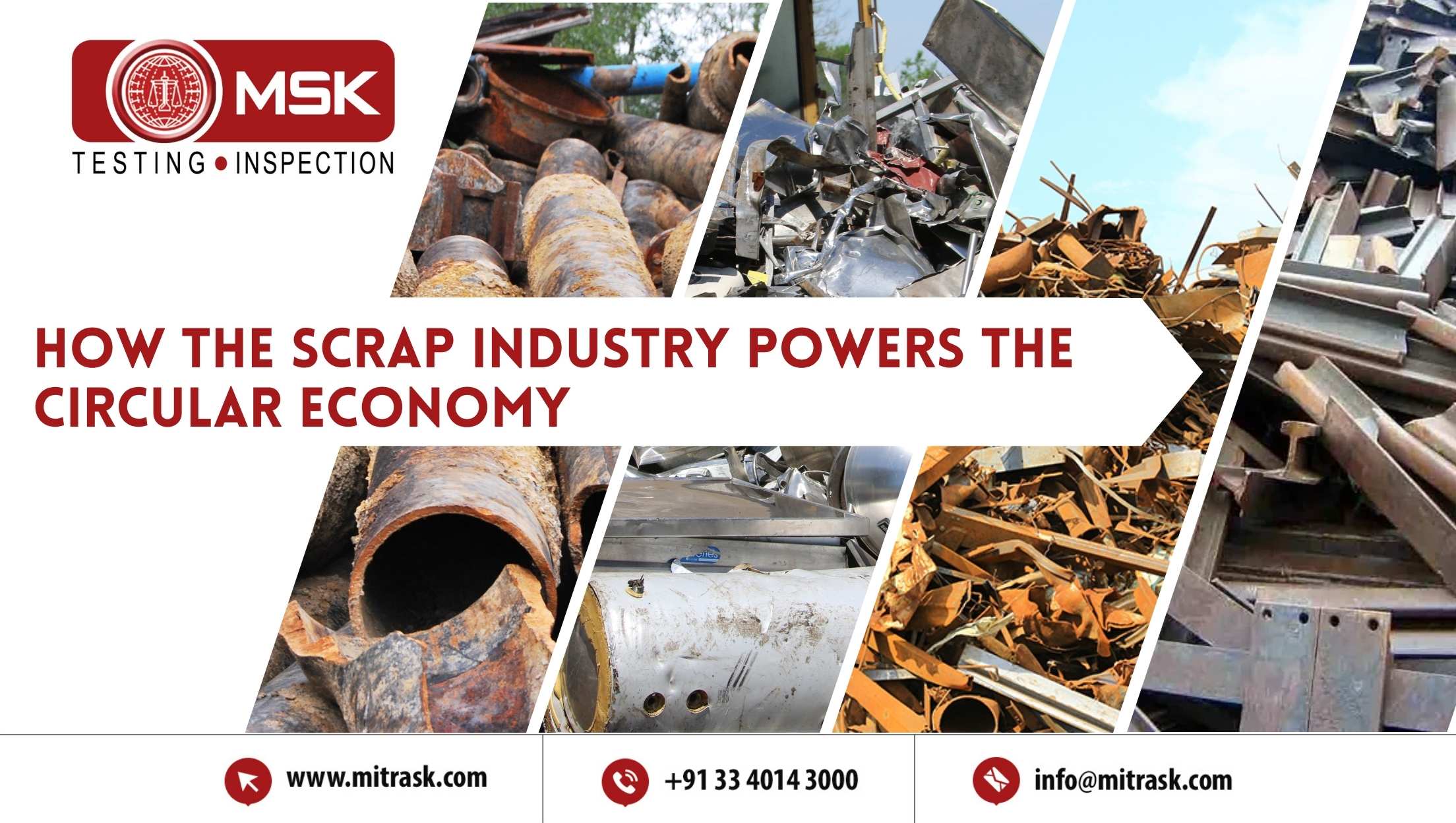
Posted on August 01 2025 By Mitra S.K ADMIN
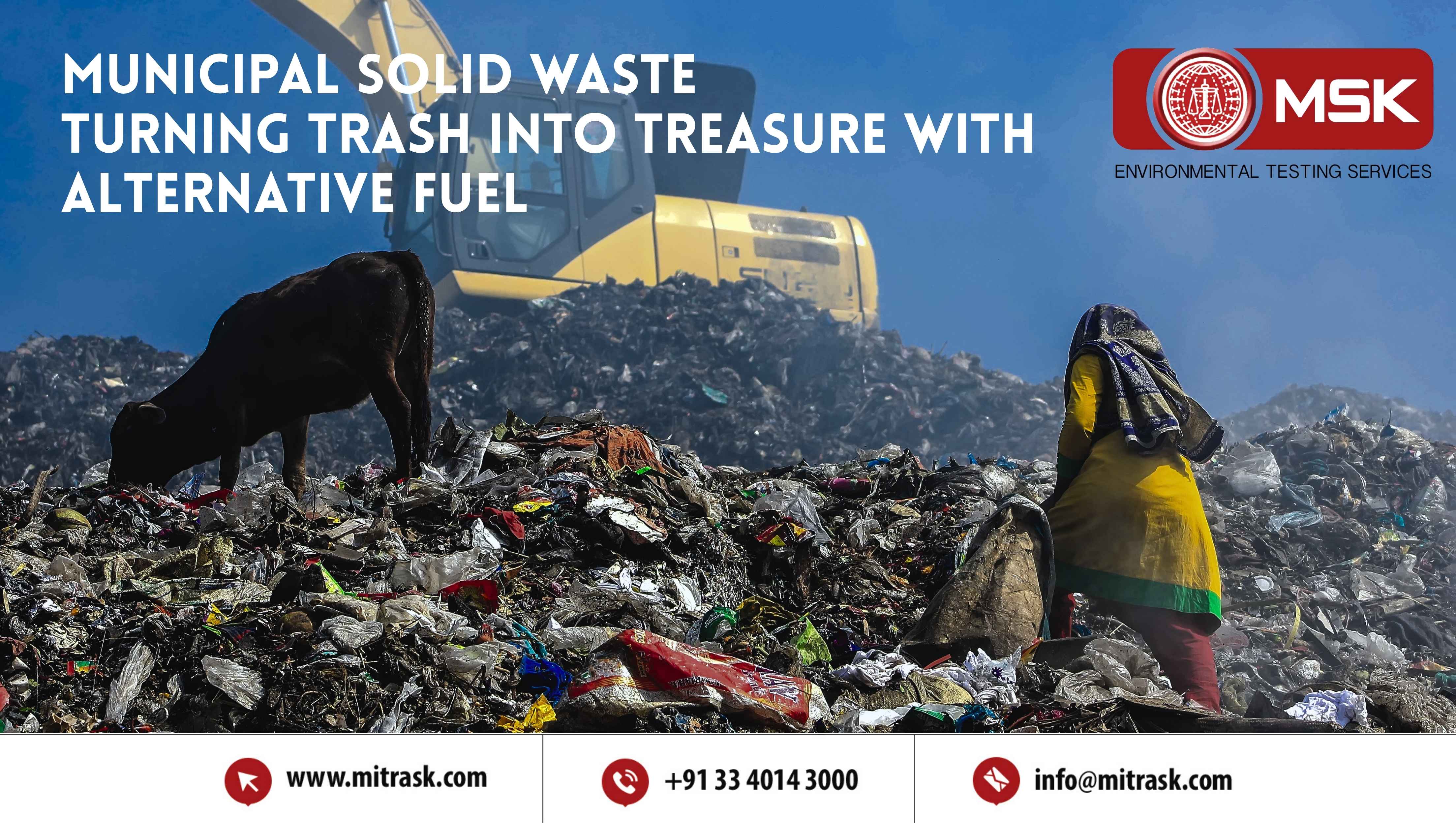
Posted on July 25 2025 By Mitra S.K ADMIN

Posted on July 18 2025 By Mitra S.K ADMIN

Posted on July 01 2025 By Mitra S.K ADMIN

Posted on May 22 2025 By Mitra S.K ADMIN

Posted on January 24 2025 By Mitra S.K ADMIN

Posted on January 24 2025 By Mitra S.K ADMIN
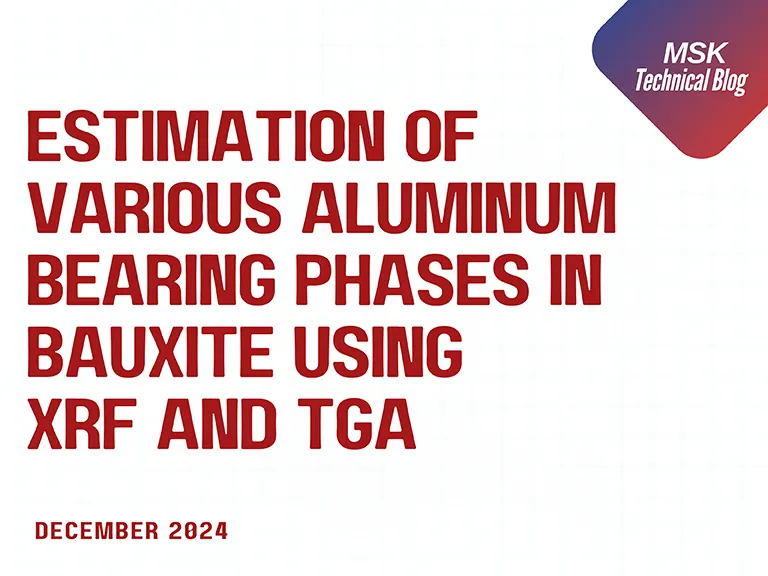
Posted on December 31 2024 By Mitra S.K ADMIN
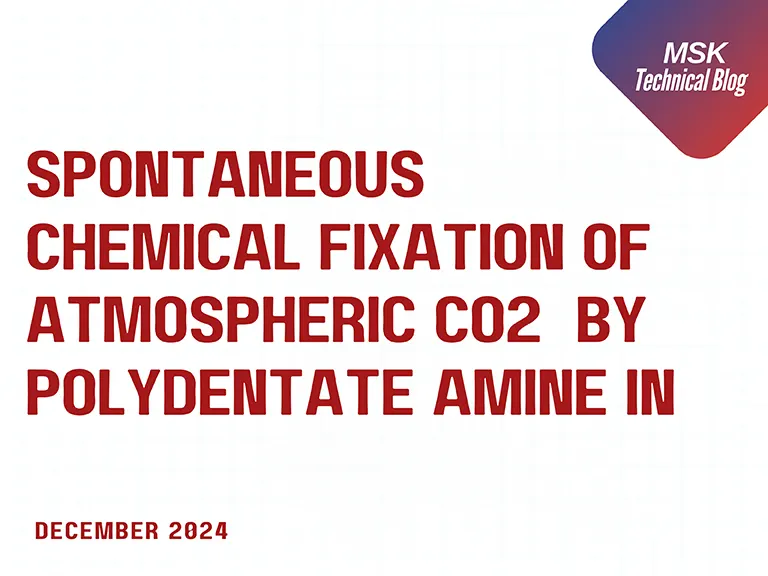
Posted on December 31 2024 By Mitra S.K ADMIN

Posted on December 31 2024 By Mitra S.K ADMIN
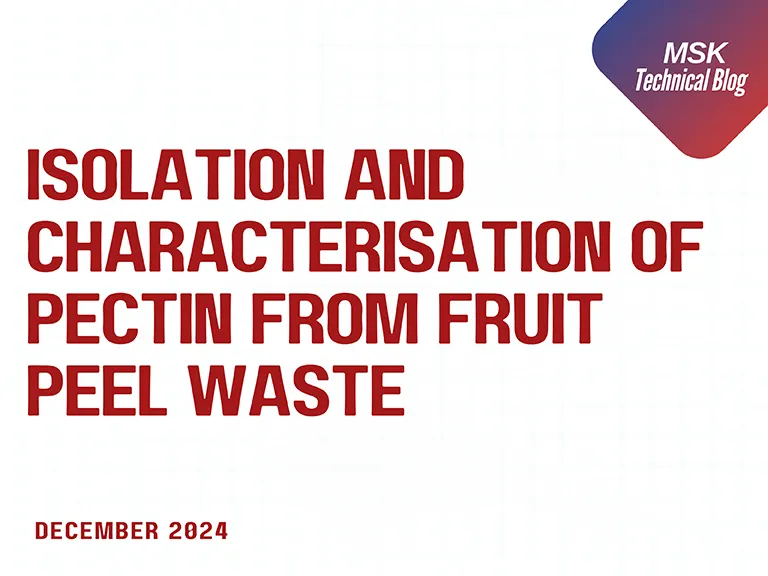
Posted on December 31 2024 By Mitra S.K ADMIN
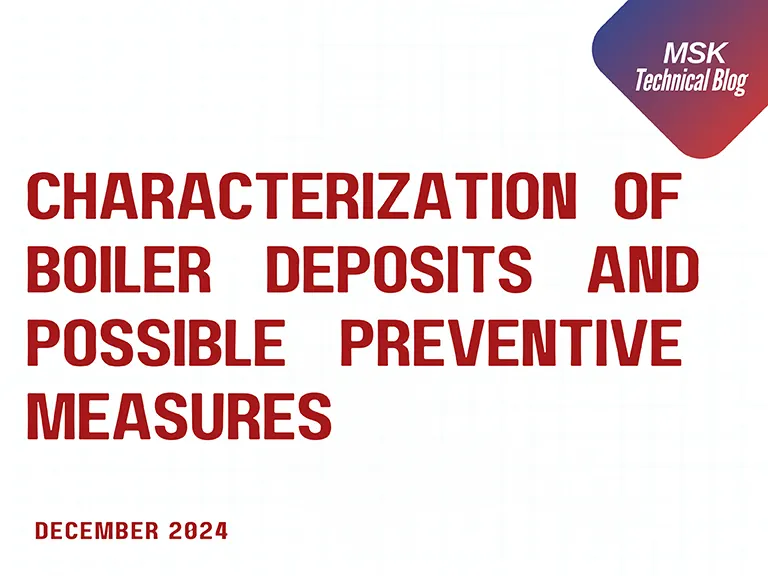
Posted on December 31 2024 By Mitra S.K ADMIN
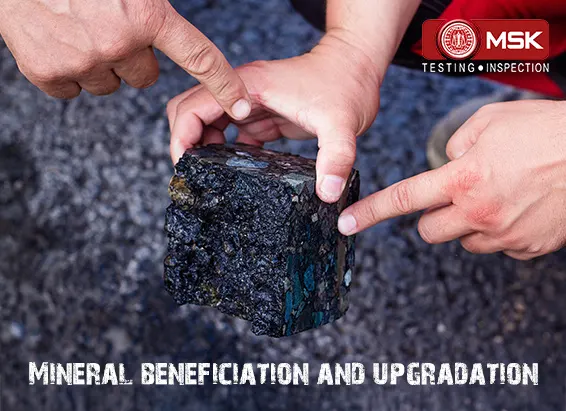
Posted on December 03 2024 By Mitra S.K ADMIN

Posted on October 17 2024 By Mitra S.K ADMIN

Posted on October 04 2024 By Mitra S.K ADMIN
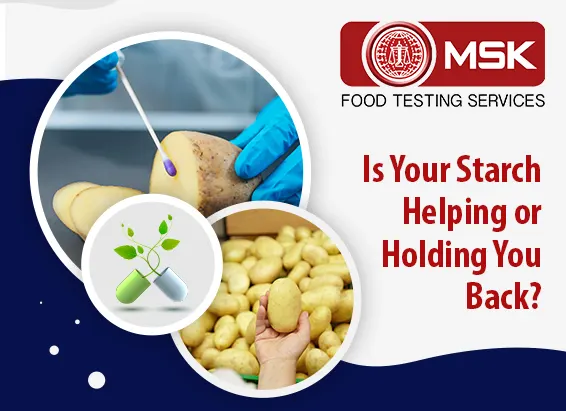
Posted on September 13 2024 By Mitra S.K ADMIN

Posted on August 27 2024 By Mitra S.K ADMIN
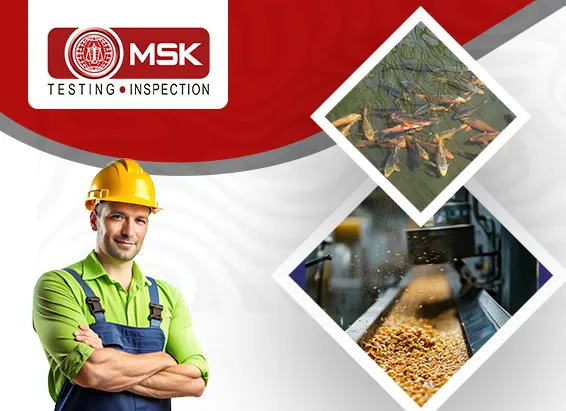
Posted on August 23 2024 By Mitra S.K ADMIN

Posted on June 27 2024 By Mitra S.K ADMIN
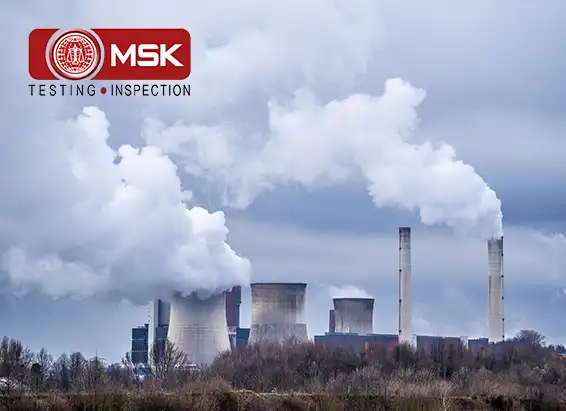
Posted on June 22 2024 By Mitra S.K ADMIN
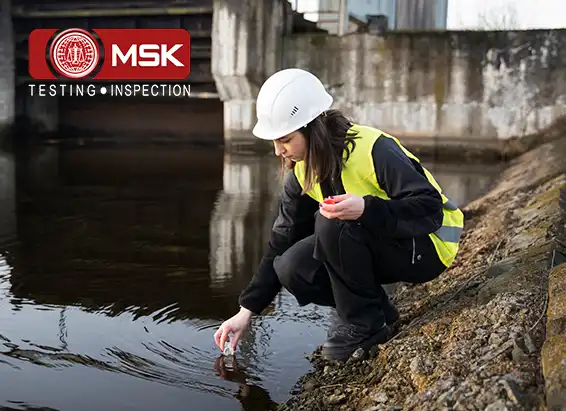
Posted on June 15 2024 By Mitra S.K ADMIN

Posted on May 24 2024 By Mitra S.K ADMIN
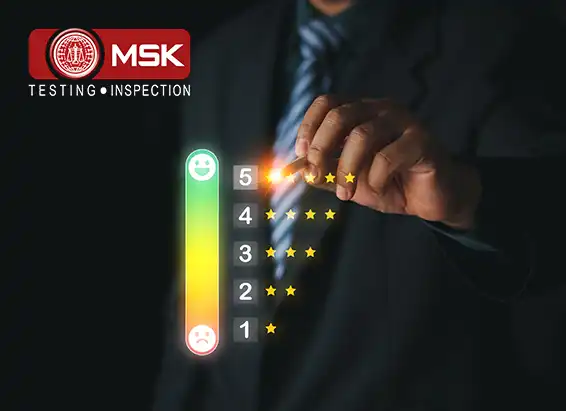
Posted on May 17 2024 By Mitra S.K ADMIN
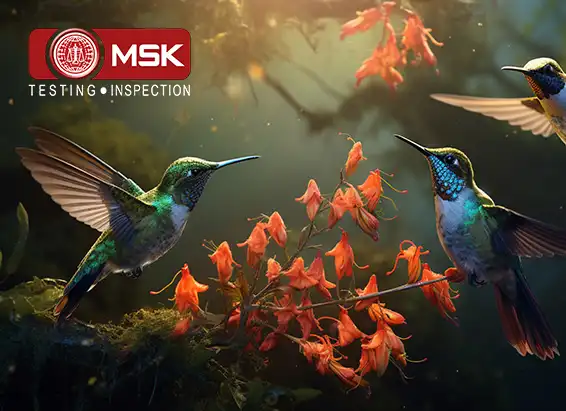
Posted on May 09 2024 By Mitra S.K ADMIN

Posted on April 20 2024 By Mitra S.K ADMIN
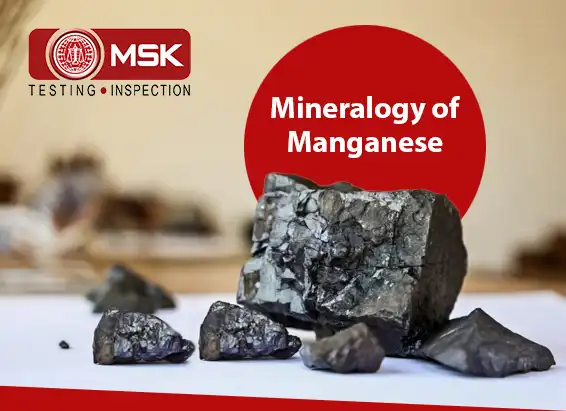
Posted on April 13 2024 By Mitra S.K ADMIN

Posted on April 30 2024 By Mitra S.K ADMIN

Posted on April 29 2024 By Mitra S.K ADMIN
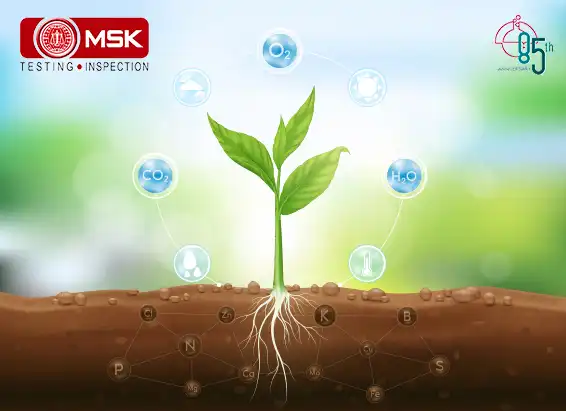
Posted on December 30 2023 By Mitra S.K ADMIN
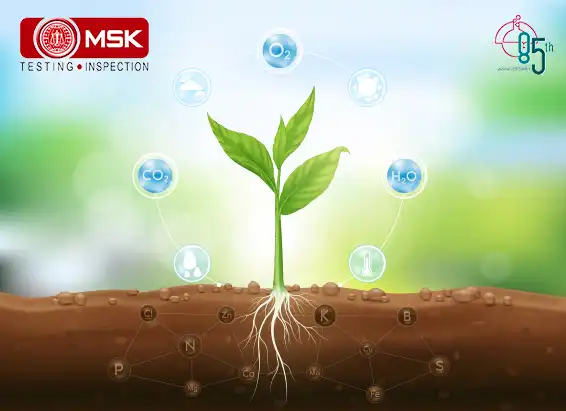
Posted on December 30 2023 By Mitra S.K ADMIN
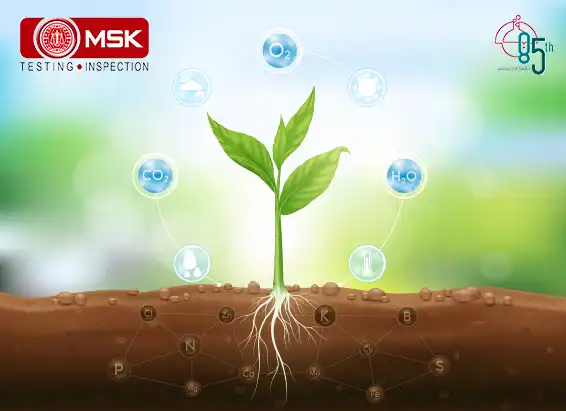
Posted on December 30 2023 By Mitra S.K ADMIN
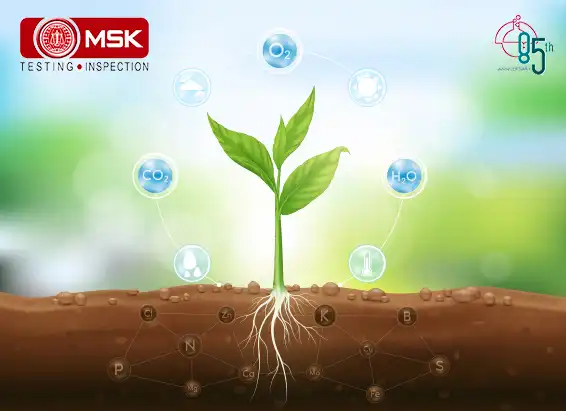
Posted on December 27 2023 By Mitra S.K ADMIN
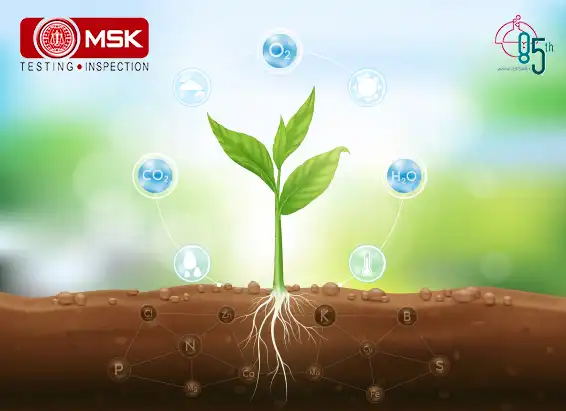
Posted on December 27 2023 By Mitra S.K ADMIN
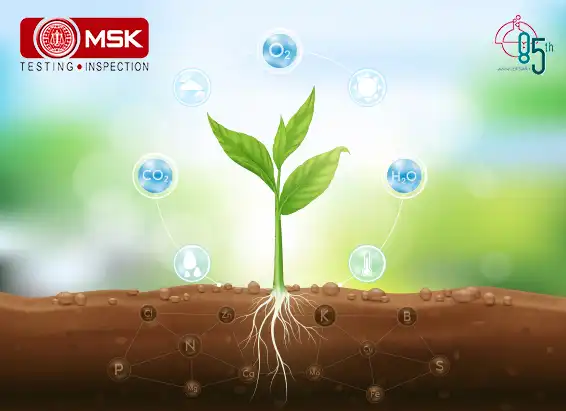
Posted on December 27 2023 By Mitra S.K ADMIN
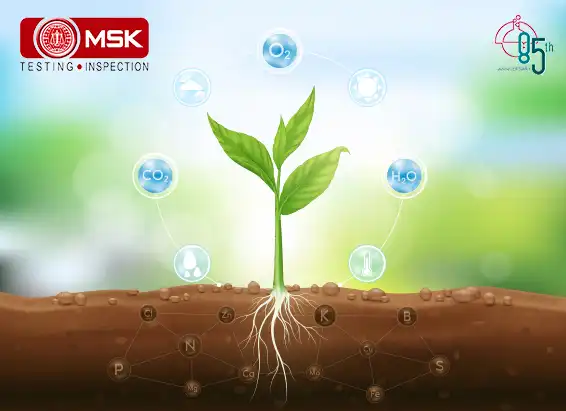
Posted on December 27 2023 By Mitra S.K ADMIN
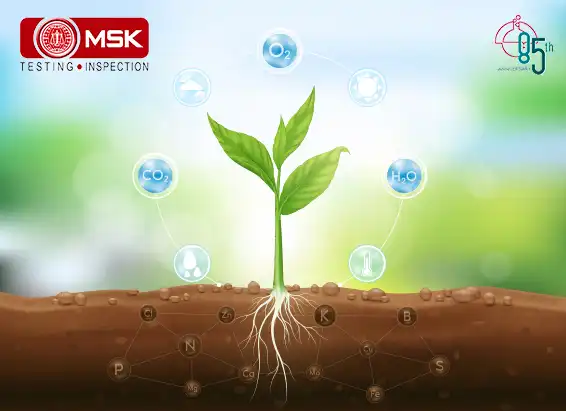
Posted on December 27 2023 By Mitra S.K ADMIN
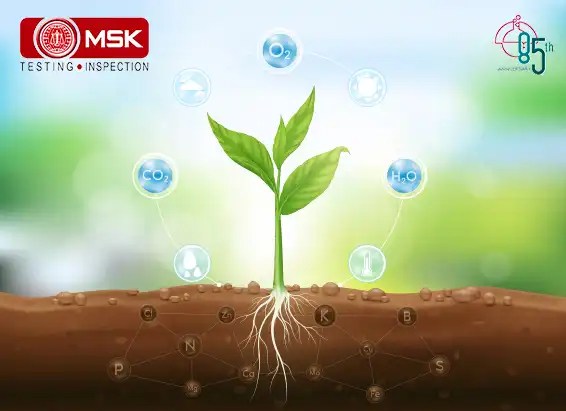
Posted on December 27 2023 By Mitra S.K ADMIN
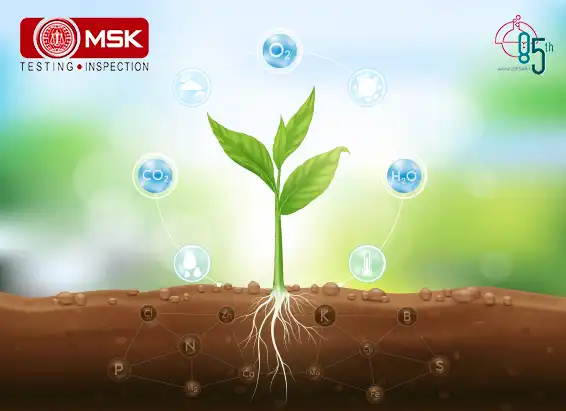
Posted on December 27 2023 By Mitra S.K ADMIN
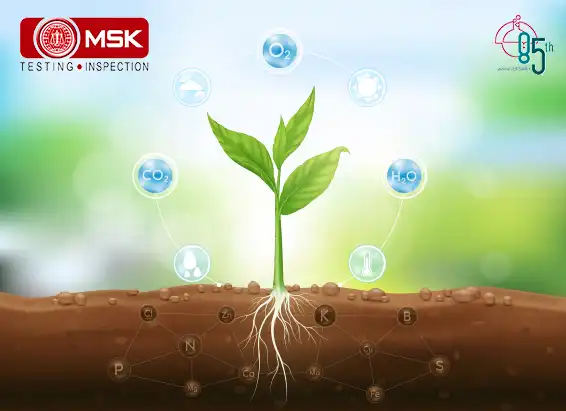
Posted on December 26 2023 By Mitra S.K ADMIN
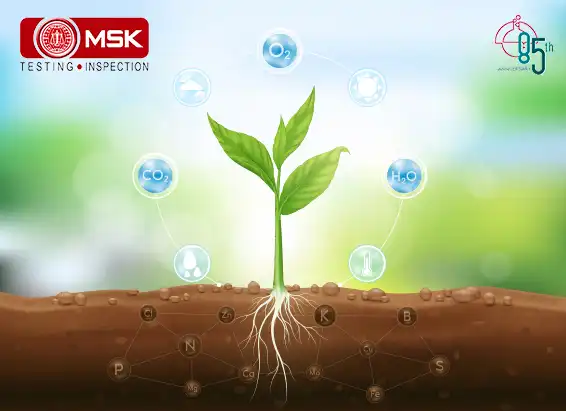
Posted on April 05 2022 By Mitra S.K ADMIN
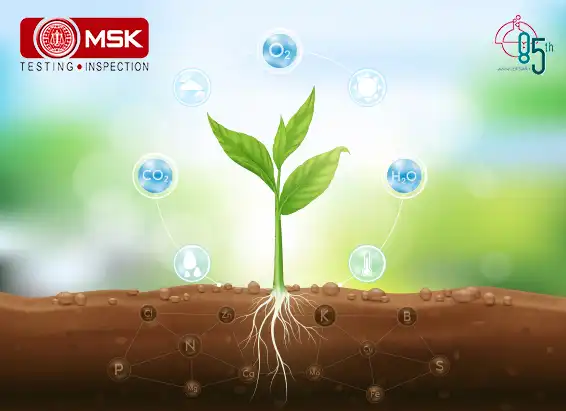
Posted on April 06 2022 By Mitra S.K ADMIN
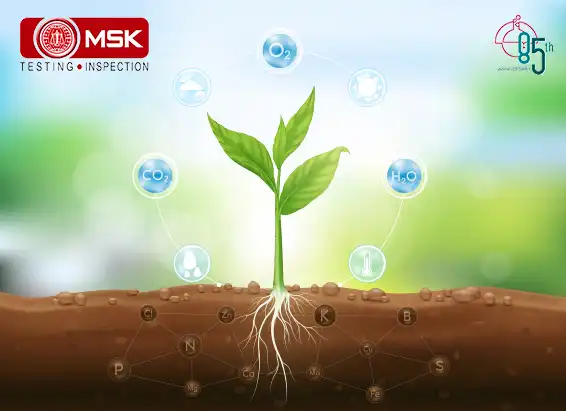
Posted on April 06 2022 By Mitra S.K ADMIN
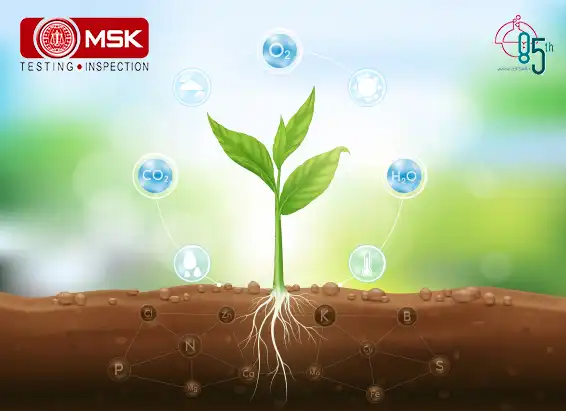
Posted on April 06 2022 By Mitra S.K ADMIN
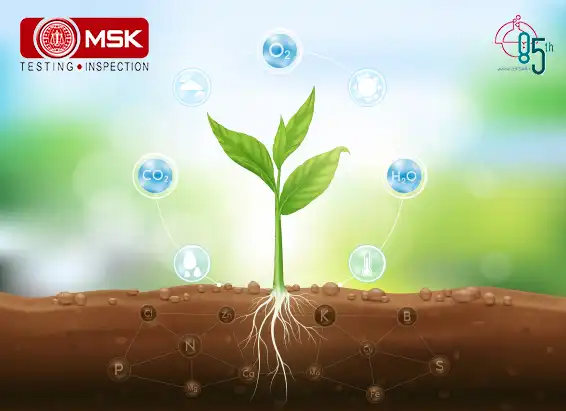
Posted on April 06 2022 By Mitra S.K ADMIN
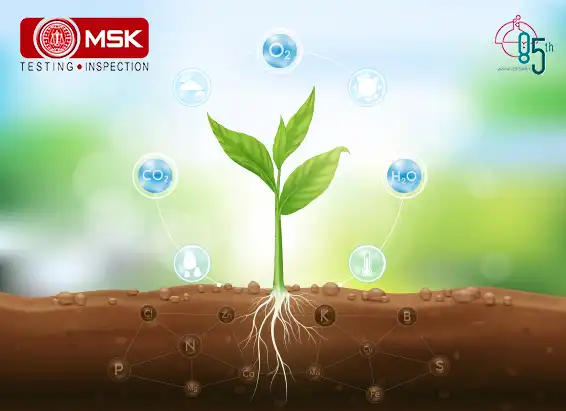
Posted on April 06 2022 By Mitra S.K ADMIN
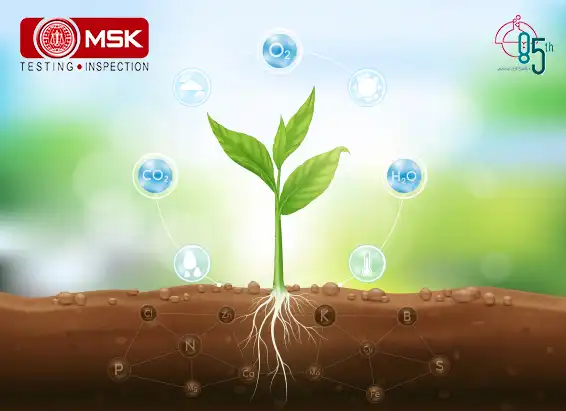
Posted on April 06 2022 By Mitra S.K ADMIN
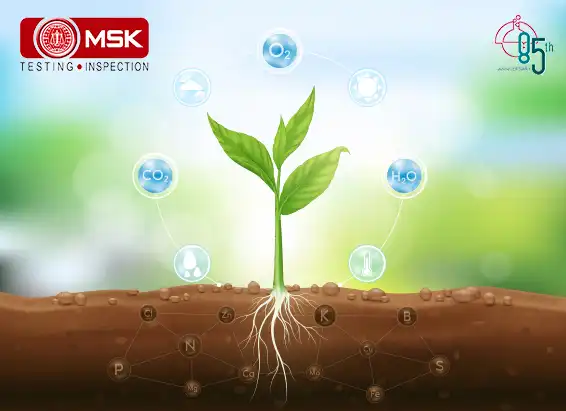
Posted on April 06 2022 By Mitra S.K ADMIN
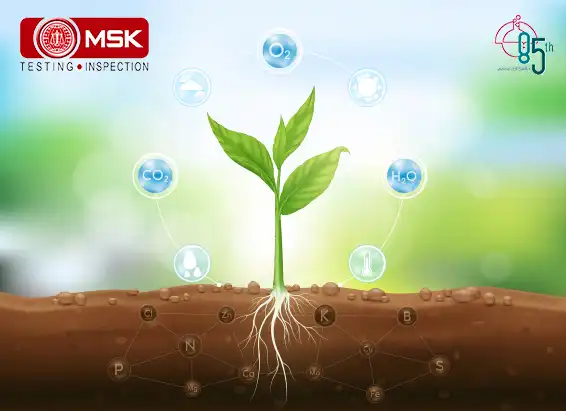
Posted on April 06 2022 By Mitra S.K ADMIN
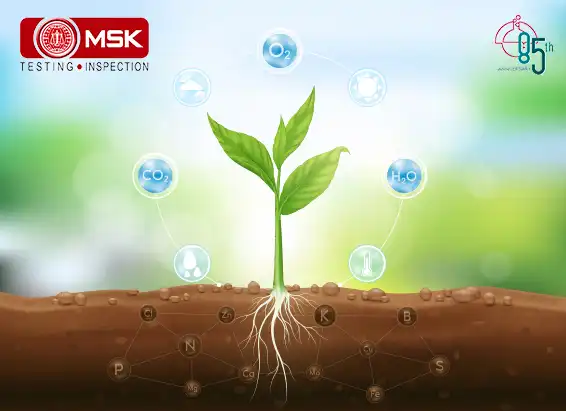
Posted on April 06 2022 By Mitra S.K ADMIN
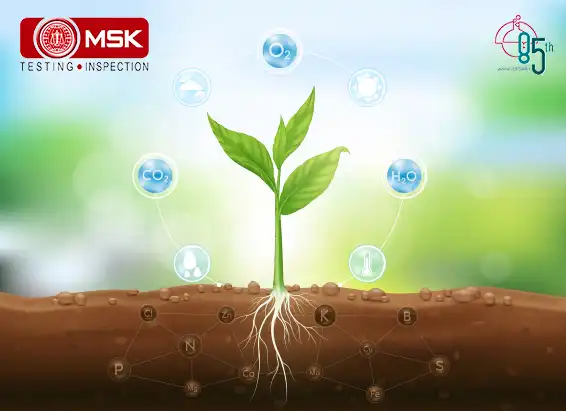
Posted on April 06 2022 By Mitra S.K ADMIN
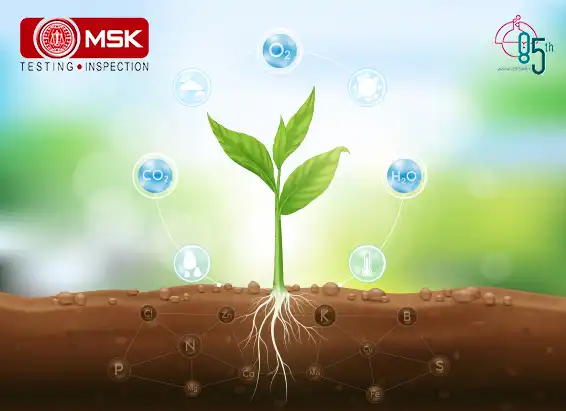
Posted on April 06 2022 By Mitra S.K ADMIN
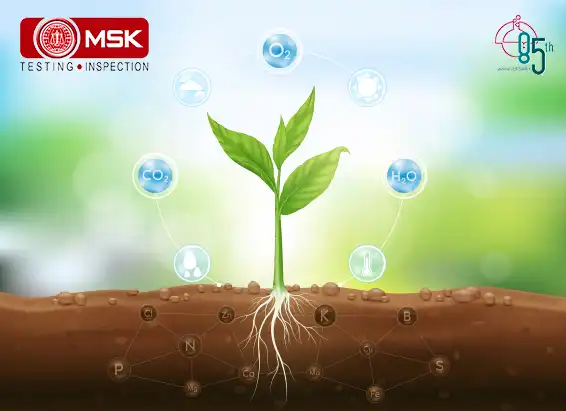
Posted on April 06 2022 By Mitra S.K ADMIN
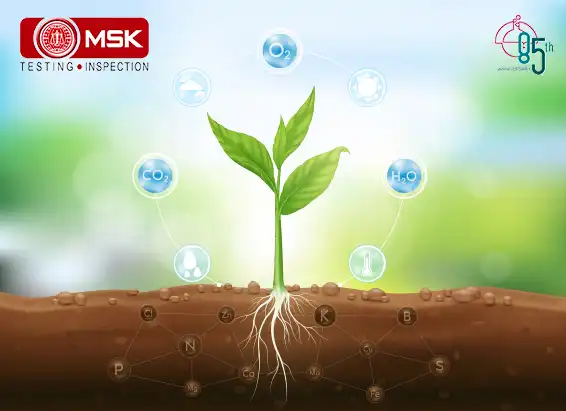
Posted on November 28 2022 By Mitra S.K ADMIN
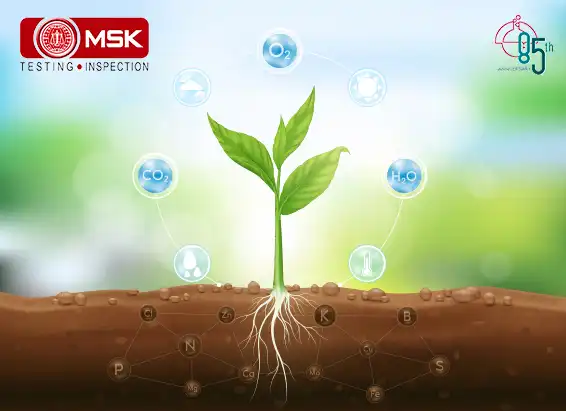
Posted on April 06 2022 By Mitra S.K ADMIN
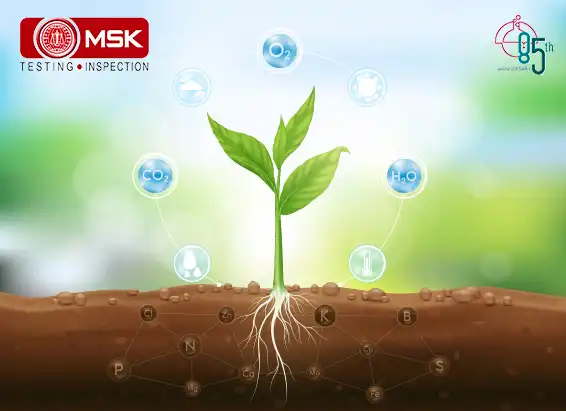
Posted on April 06 2022 By Mitra S.K ADMIN
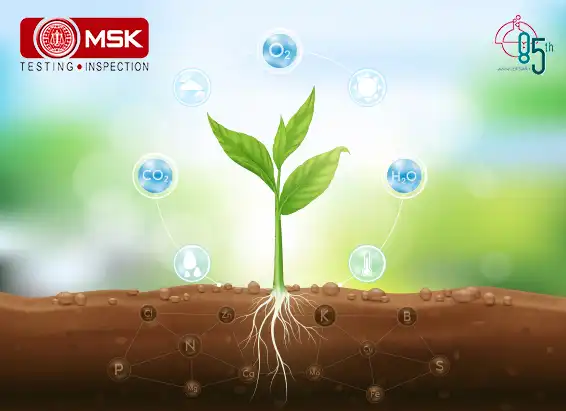
Posted on April 06 2022 By Mitra S.K ADMIN
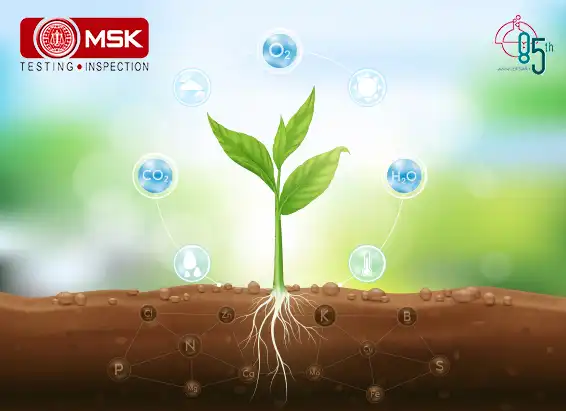
Posted on November 28 2022 By Mitra S.K ADMIN
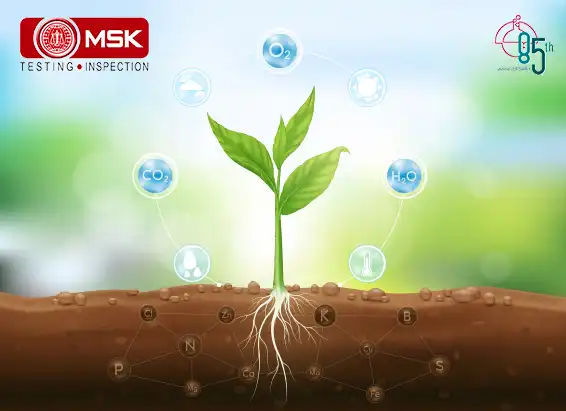
Posted on June 14 2022 By Mitra S.K ADMIN

